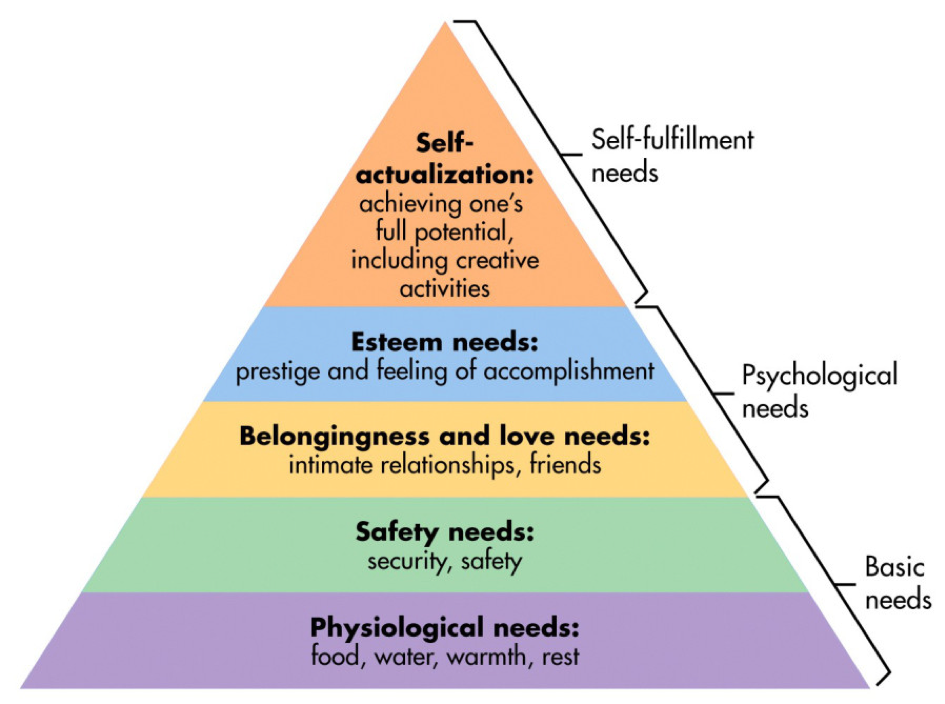Advisor Perspectives welcomes guest contributions. The views presented here do not necessarily represent those of Advisor Perspectives.
Q1 hedge fund letters, conference, scoops etc

The purpose of the article is to define money and currency and discuss their differences and risks. It is with this knowledge that we can better appreciate the path that massive deficits and monetary tomfoolery are putting us on and what we can do to protect ourselves.1
How often do you think about what the dollar bills in your wallet or the pixel dollar signs in your bank account are? The correct definitions of currency and money are crucial to our understanding of an economy, investing and just as importantly, the social fabric of a nation. It’s time we tackle the differences between currency and money and within that conversation break the news to you that deficits do matter, TRUST me
At a basic level, currency can be anything that is broadly accepted as a medium of exchange that comes in standardized units. In current times, fiat currency is the currency of choice worldwide. Fiat currency is paper notes, coins, and digital 0s and 1s that are governed and regulated by central banks and/or governments. Note, we did not use the word guaranteed to describe the role of the central bank or government. The value and worth of a fiat currency rest solely on the TRUST of the receiver of the currency that it will retain its value and the TRUST that others will accept it in the future in exchange for goods and services.
Whether its yen, euros, wampum, bitcoin, dollars or any other currency, as long as society is accepting of such a unit of exchange, trade will occur. When TRUST in the value of a currency wanes, commerce becomes difficult, and the monetary and social prosperity of a nation falters. The history books overflow with such examples.
Maslow and Currency
Before diving into the value of a currency, it is worth considering the role it plays in society and how essential it is to our physical and mental well-being. This point is rarely appreciated, especially by those that push policies that debase the currency.
Maslow created his famous pyramid to depict what he deemed the hierarchy of human needs. The levels of his pyramid, shown below, represent the ordering of physiological and psychological needs that help describe human motivations. When these needs are met, humans thrive.
Humans move up the pyramid by addressing their basic, lowest level needs. The core needs, representing the base, are physiological needs including food, water, warmth and rest. Once these basic needs are met, one then seeks to attain security and safety. Without meeting these basic physiological and safety needs, our psychological and self-fulfillment needs, which are higher up the pyramid, are difficult to come by. Further, as we see in some third-world countries, the social fabric of the nation is torn to shreds when a large part of the population cannot satisfy their basic needs.
In modern society, except for a few who live “off-the-grid”, fiat currency is the only means of attaining these necessities. Possession of currency is a must if we are to survive and thrive. Take a look back to the opening paragraphs and let’s rephrase that last sentence: possession and trust of currency is a must if we are to survive and thrive.
It is this most foundational understanding of currency that keeps our economy humming, our physical prosperity growing and our society stable. The TRUST backing the dollar, euro, yen, etc. is essential to our financial, physical and psychological welfare.
Let’s explore why we should not assume that TRUST is a permanent condition.
Read the full article here by Michael Lebowitz, Advisor Perspectives

